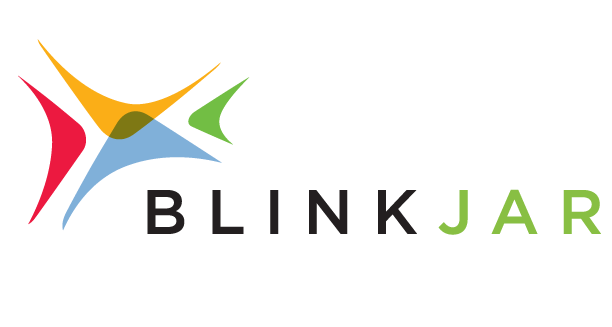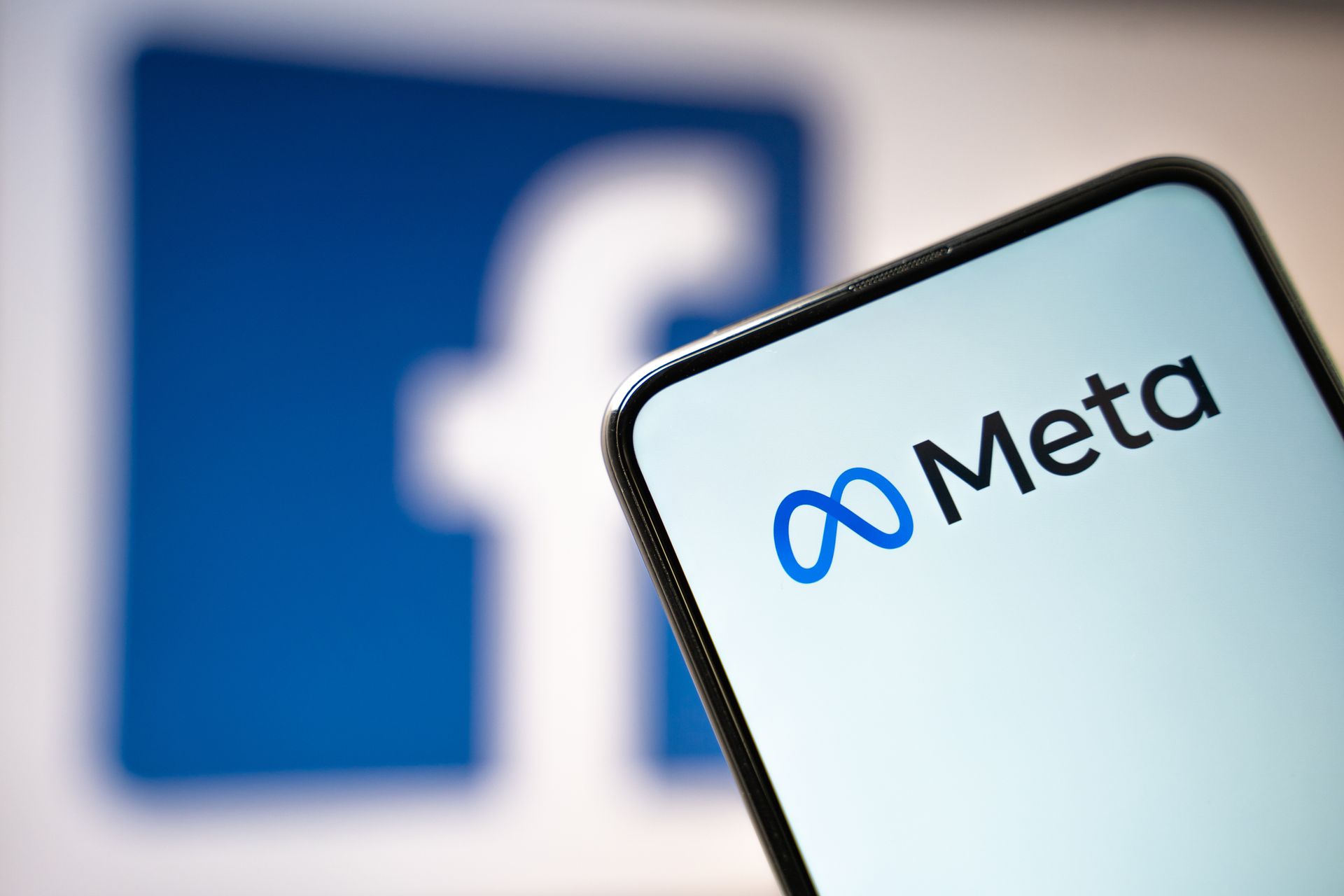Understanding Best Marketing Practices for Facebook vs. Twitter
A recent study conducted by Ascend2, found that very few companies are pleased with the results of their SEO efforts. At best, most found their outcomes to be only “somewhat successful.” The balancing act of SEO has proven difficult for many to master. Which tactics are most impactful? What combination of efforts will provide the best results? The mix may be different from one business to the next, and what proves successful for one may not be the best approach for another. However, there is one key element that remains a necessity for all, the ultimate goal of all marketing efforts: customer engagement.
While this ability to engage with an audience is the internet’s most powerful marketing capability, it is also the most difficult to harness. There are currently over 1 billion websites, all vying for a user’s attention at any given time, and only a very small percentage of these are getting it right. For the rest, the breakdown in their efforts often occurs in social media. According to a recent study, 50 percent of companies who struggled with SEO were not integrating social media as part of their strategy, a mistake which has left them behind the pack.
These networks are where potential customers spend the vast majority of their online time. Internet users average about four times more time on Facebook than on Google. And while the options for users are seemingly limitless (Google+, LinkedIn, Pinterest), the two most powerful social media players are undeniably Facebook and Twitter. Learning how to approach these two correctly can result in increased engagement and leads for nearly any business but only when done correctly. Although they are often lumped together in social media discussions, each is quite different from the other and strategies for using them should be tailored accordingly.
Facebook currently boasts over 1 billion users. It is by far the largest and most frequented social media presence on the web. Here, users are typically connected with actual friends and acquaintances. They each like an average of 40 pages and collectively share 4.75 billion items each day. The potential reach for any business here is massive, but there is etiquette to be followed. Post too often or share irrelevant content and users will quickly disengage. Post too little and they won’t engage at all. To make the most of a Facebook page and its fans, there are some points to remember:
- 75% of engagement from a Facebook post occurs in the first five hours
- 1500 stories will filter through the average newsfeed daily, with only 20% making the final cut
- Photos receive 53% more likes and 104% more comments than the typical post
- Posting frequency is ideal around 3-5 times daily
- Users can be engaged in conversation with open-ended questions
Marketers frequently make the mistake of approaching Twitter just as they do Facebook. They use the same posts, photos, and links to engage two completely separate audiences on two very different platforms. The total number of users on Twitter is considerably less than Facebook at about 500 million. However, the pace is significantly faster. Each day, an average of 400 million tweets are sent, and becoming lost in the ever moving Twitter feed of a user is a very real possibility. In order to find success here, a different set of rules should be followed and some facts kept in mind:
- 50% of retweets occur in only 18 minutes
- Tweets need to be 140 characters or less
- Photos are less viewable and should be used selectively
- Tweets should be relatable and worthy of retweeting by others
- Frequency of tweets is ideal at 10-20 daily
SEO is the cornerstone of any business’s internet livelihood. However, few understand how it is best approached. In many cases, a misuse or lack of social media presence contributes to less than satisfying results. Understanding the nuances of major social networks like Facebook and Twitter and tailoring usage accordingly can drastically impact user engagement. Of surveyed companies who considered their SEO efforts to be very successful, 38% included extensive social media integration as part of their strategies. It is an element that can no longer be ignored or approached haphazardly. For true online success, businesses must not only utilize social networks, but they must do so strategically for each one.
BlinkJar Media focuses on social media as a critical part of overall SEO strategy. We help our clients engage users on these platforms every day and can help your company do the same. If you would like to learn more about the importance of social media in your marketing approach, click the image below for a copy of our free and informative guide.








